Anthocyanins
Introduction
Anthocyanins are a type of flavonoid, a class of compounds with antioxidant effects, found naturally in a number of foods. They are the pigments that give red, purple, and blue plants their rich coloring. In addition to acting as antioxidants and fighting free radicals, anthocyanins may offer anti-inflammatory, anti-viral, and anti-cancer benefits.
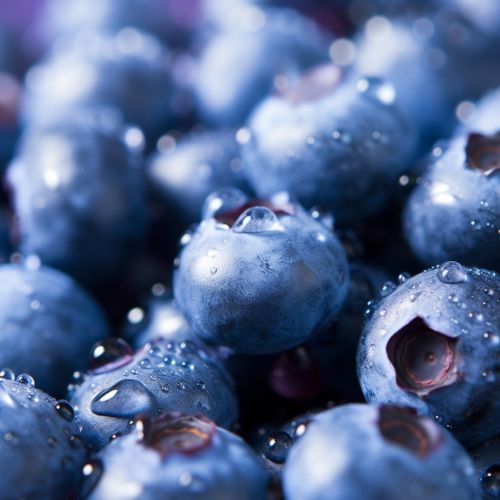
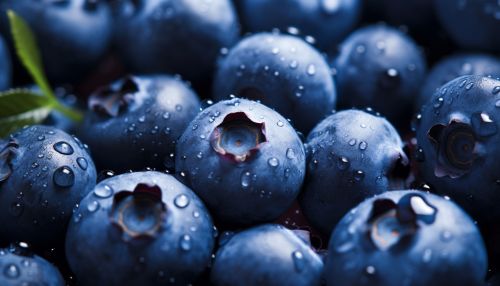
Chemistry
Anthocyanins belong to the group of compounds known as flavonoids, which are secondary metabolites of plants and are generally involved in UV filtration, symbiotic nitrogen fixation, and floral pigmentation. They may also act as chemical messengers, physiological regulators, and cell cycle inhibitors. Anthocyanins are derived from the flavonoid biosynthesis pathway.
Biosynthesis
The biosynthesis of anthocyanins involves the phenylpropanoid pathway where the amino acid phenylalanine is used to produce 4-coumaroyl-CoA. This compound is then used in the biosynthesis of anthocyanins and other flavonoids. The enzymes involved in this pathway include phenylalanine ammonia-lyase (PAL), cinnamate 4-hydroxylase (C4H), and 4-coumarate:CoA ligase (4CL).
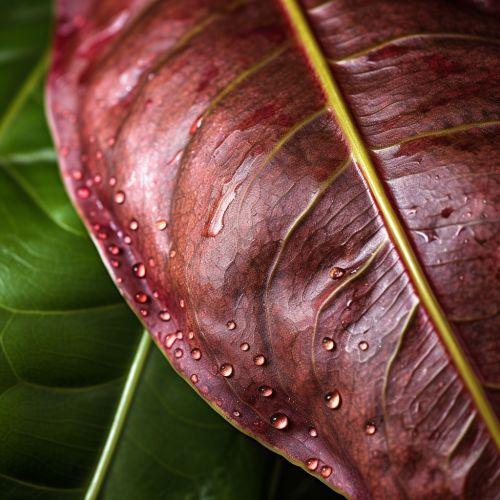

Food Sources
Anthocyanins are found in the cell vacuole, mostly in flowers and fruits but also in leaves, stems, and roots. In these parts, they are found predominantly in outer cell layers such as the epidermis and peripheral mesophyll cells. The most common foods that contain anthocyanins are berries, including blueberries, raspberries, and blackberries. Other foods with anthocyanins include grapes, cherries, and certain types of beans.
Health Benefits
Anthocyanins possess strong antioxidant properties that may help reduce inflammation, aid in preventing heart disease, and fight obesity and diabetes. They also have potential benefits against cancer, neurological diseases, inflammation, diabetes, bacterial infections, and age-related diseases.
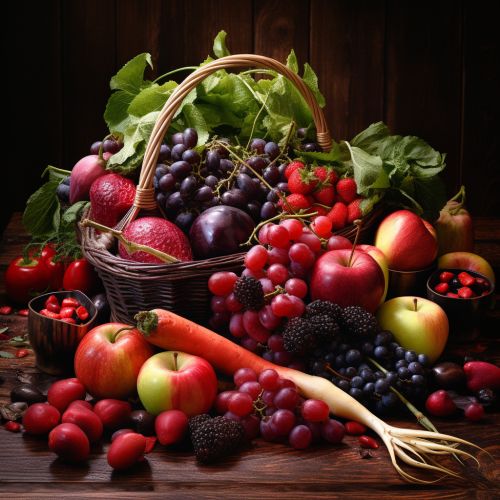
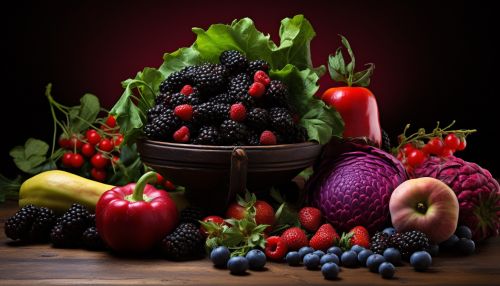
Potential Side Effects
While anthocyanins are generally considered safe and healthy, some potential side effects have been reported. These include potential allergic reactions, problems with drug interactions, and potential effects on blood sugar levels and blood pressure.
Research
Research into the health benefits of anthocyanins is ongoing. While some studies have suggested potential health benefits, others have suggested that the health benefits of anthocyanins may be limited by their low bioavailability.
